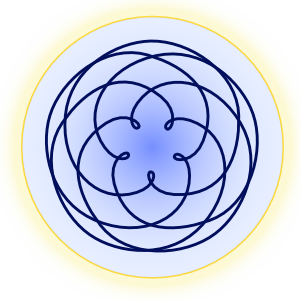The Teacher: Pythagoras
Pythagoras has been regarded by conventionalists as a philosopher, scientist and the first mathematician, but also the leader of a religious “sect”, who amongst other things allegedly believed in “transmigration of souls” (metempsychosis) and ordered his pupils to avoid “eating beans”. Let us take a closer look how this great teacher has guided us during more than 2500 years and also at several speculations made on him.
Published on May 27, 2021
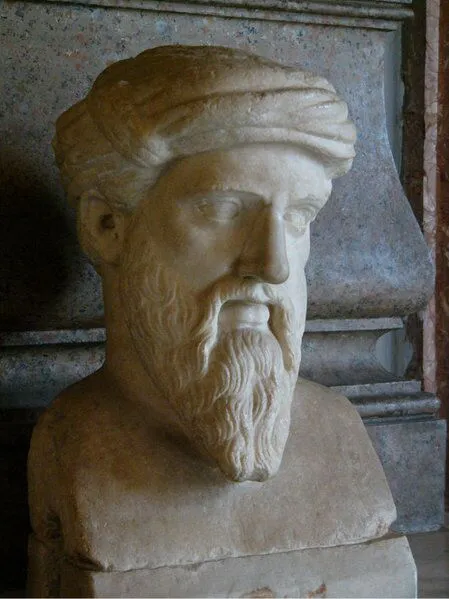 The impact of Pythagoras of Samos on the Western civilization has been
remarkable and this has been acknowledged both by those who admire his
influence and who have been more skeptical. His political and
philosophical teachings influenced the thinking of most of the
Pre-Socratic philosophers, Plato and Aristotle, and through them,
Western philosophy. Bertrand Russel has said of Pythagoras:
The impact of Pythagoras of Samos on the Western civilization has been
remarkable and this has been acknowledged both by those who admire his
influence and who have been more skeptical. His political and
philosophical teachings influenced the thinking of most of the
Pre-Socratic philosophers, Plato and Aristotle, and through them,
Western philosophy. Bertrand Russel has said of Pythagoras:
I do not know of any other man who has been as influential as he was in the sphere of thought. I say this because what appears as Platonism is, when analyzed, found to be in essence Pythagoreanism. 1
Philosopher Empedocles (c. 494 – c. 434 BC) has been attributed the following appraisal on Pythagoras:
There was among them a man of surpassing knowledge, who possessed vast wealth of understanding, capable of all kinds of cunning acts; for when he exerted himself with all his understanding, easily did he see every one of all the things that are, in ten and even twenty human lives.2
Plato in The Republic has written that:
Pythagoras was especially revered for this [method of life]; his followers even now use the title Pythagorean Way of Life, and they have a shining place among the rest of men.3
Conventional historians admit that no authentic writings of Pythagoras have survived for public use and almost nothing is known for certain about his life. Nineteenth century researcher Eduard Zeller has noted that the further we get from the time of Pythagoras, the greater the quantity of sources, while the reliability of these declines. Historian Walter Burkert added to this approach that the early sources are also problematic and contradictory, which in part this is due to their fragmentary nature, but the main difficulty is that they not only relate to various aspects of ancient Pythagoreanism but they also give varying interpretations of those aspects. For some the so-called Pythagorean question remains one of the most intricate in the history of early Greek science, philosophy and religion and has every chance of being consigned to the category of insoluble problems4.
Yet, this has not hindered historians to make all sorts of claims about Pythagoras and speculate on his life, his teaching and even contribute certain quotes to him. It is very likely that most things told about him is false, is far from the truth and this on the following grounds:
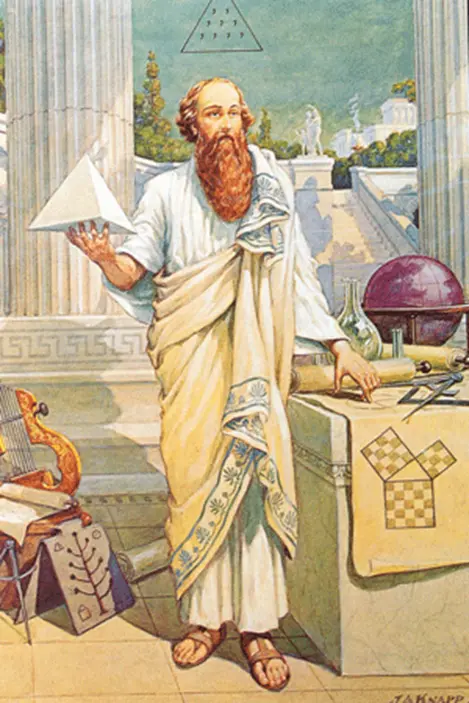 a. Pythagoras was a highly developed being, an essential self (a 46-self)5
– an individual, who has an envelope and self-consciousness in the
essential world of our planet (world 46 out of 49 worlds, world 49 being
the lowest or the visible physical world). Such an individual has
become a member of the fifth natural kingdom and is not a member of the
fourth natural kingdom or humanity anymore. The essential self does not
need to incarnate further, since he has no more to learn in the kingdom
of man. He often does incarnate, however, in order by all means and by
personal contact to help those preparing for their entrance into this
higher kingdom. All the thanks he may reckon on are to be misunderstood,
abused, and persecuted6.
a. Pythagoras was a highly developed being, an essential self (a 46-self)5
– an individual, who has an envelope and self-consciousness in the
essential world of our planet (world 46 out of 49 worlds, world 49 being
the lowest or the visible physical world). Such an individual has
become a member of the fifth natural kingdom and is not a member of the
fourth natural kingdom or humanity anymore. The essential self does not
need to incarnate further, since he has no more to learn in the kingdom
of man. He often does incarnate, however, in order by all means and by
personal contact to help those preparing for their entrance into this
higher kingdom. All the thanks he may reckon on are to be misunderstood,
abused, and persecuted6.
Unfortunately it has become a rule during the last millennia that almost every highly evolved teacher of mankind has not been understood by his contemporaries or posterity and thus accounts on their lives and sayings are mostly ungrounded.
b. Pythagoras was the founder of an esoteric knowledge order, which kept its knowledge and teaching strictly in secret and revealed it only to those worthy of it. Even Greek rhetorician Isocrates (ca 436–338 BC) has remarked that
those who claim to be disciples of Pythagoras are more admired for their silence than are the most famous orators for their speech.7
Fortunately for serious seekers, Swedish esoteric philosopher Henry T. Laurency has been able to present us the modern formulation of Pythagorean world view (hylozoics) in his The Philosopher’s Stone, which was first published in 1950. In 1961 The Knowledge of Reality was published, which includes an overview of the history of the knowledge and Western philosophy from a hylozoic viewpoint.
The founder and teacher of hylozoics
Pythagoras called his world view hylozoics (in Greek “hyle” means “matter”, and “zoe” means “life”) or spiritual materialism, which states as a basic axiom that matter is the necessary basis of all consciousness. He hereby cleared the antithesis of spirit and matter, explaining that “spirit” is the indestructible consciousness of the atoms. All matter has spirit, or consciousness. All worlds are spiritual worlds, lower and higher ones8.
Pythagoras explained that reality has three aspects which are indissolubly and inseparably united without confusion or transformation, that all three are indispensable for a correct conception of reality.
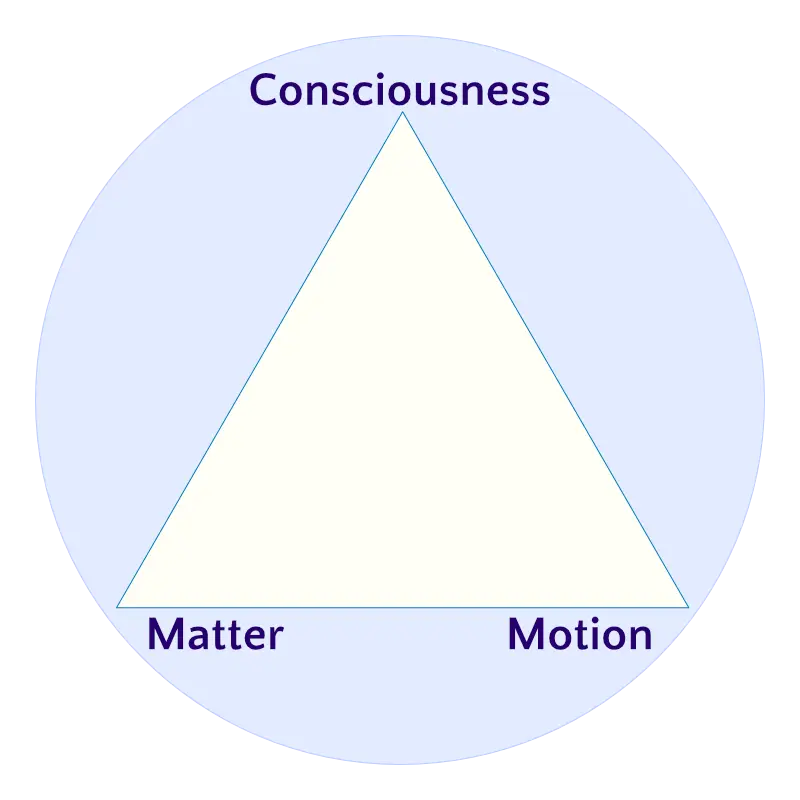
The trinity of existence is made up of:
- the matter aspect
- the motion aspect (the energy aspect)
- the consciousness aspect
All matter is composed of primordial atoms which Pythagoras called monads – the smallest possible parts of primordial matter and the smallest firm points for individual consciousness. These monads are indestructible, because of which there cannot be any death, only disintegration of form. Once the monads’ potential consciousness has been roused to life, their consciousness development is continued through a series of natural kingdoms in ever higher worlds, until they attain the highest divine kingdom.
The cosmos consists of a series of atomic worlds of different degrees of density. There are seven series of seven cosmic material worlds, making 49 worlds in all (1–7, 8–14, 15–21, 22–28, 29–35, 36–42, 43–49). The seven lowest cosmic worlds (43–49) contain billions of solar systems. The lowest world (49) is the physical world.
Each lower atomic kind is formed out of the next higher one (2 out of 1, 3 out of 2, 4 out of 3, etc.). The lowest atomic kind (49) thus contains all the 48 higher kinds. When an atomic kind is dissolved, the next higher kind is obtained; out of the physical atom are obtained 49 atoms of atomic kind 48.
All higher worlds embrace and penetrate all lower worlds. The apprehension of reality (the logically absolute apprehension by consciousness of the aspects of reality) differs in the different worlds depending on differences in density of primordial atoms, resulting in differences in dimension, duration, material composition, motion, consciousness, and conformity to law.9
The meaning of existence is the consciousness development of the primordial atoms, to awaken to consciousness primordial atoms which are unconscious in primordial matter, and thereupon to teach them in ever higher kingdoms to acquire consciousness of life, understanding of life in all its relationships.
The goal of existence is the omniscience and omnipotence of all in the whole cosmos.
The process implies development: in respect of knowledge from ignorance to omniscience, in respect of will from impotence to omnipotence, in respect of freedom from bondage to that power which the application of the laws affords, in respect of life from isolation to unity with all life.
The self (monad’s consciousness) develops in and through envelopes, from the lowest physical etheric envelope to the highest cosmic world. It constantly acquires new envelopes in one world after another. Step by step it acquires self-consciousness in the ever higher molecular kinds of its envelope by learning to activate the consciousness in these. By this it finally becomes the master of its envelope. Until then it is disoriented in the consciousness chaos of this envelope, and it is the victim of vibrations from without.10
All the forms of nature are envelopes. In every atom, molecule, organism, world, planet, solar system, etc., there is one monad at a higher stage of development than are the other monads in that form of nature. All forms other than organisms are aggregate envelopes, which consist of molecules of the kinds of matter of the respective worlds held together electromagnetically. When incarnated in the physical world, man has five envelopes, starting from the lowest:
- an organism in the visible world (49:5-7)
- an envelope of physical etheric matter (49:2-4)
- an envelope of emotional matter (48:2-7)
- an envelope of mental matter (47:4-7)
- an envelope of causal matter (47:1-3)
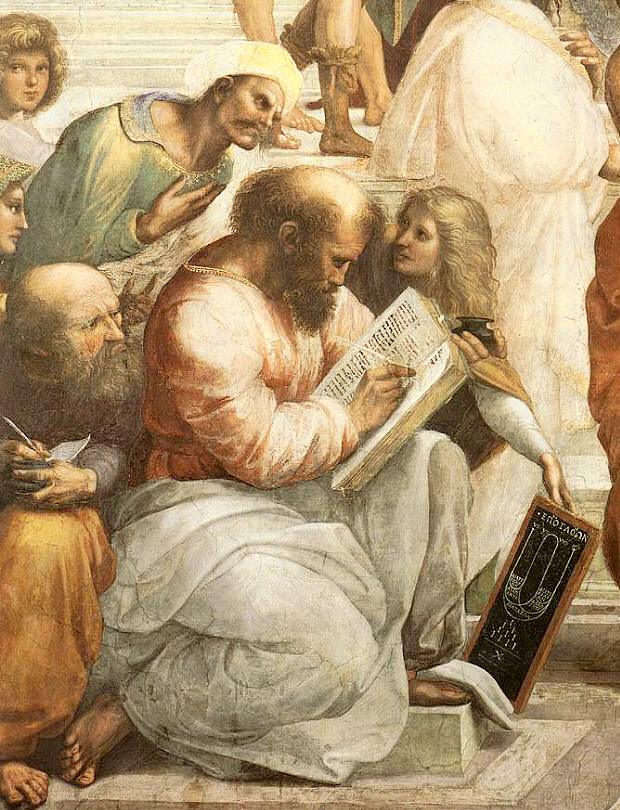
The lower four of these are renewed at each new incarnation and are dissolved in their order at the end of the incarnation. The causal envelope is man’s one permanent envelope. It was acquired when the monad passed from the animal kingdom to the human kingdom. This causal envelope is the “true” man and incarnates together with the human monad which it always encloses.11
Some of the elements of the world view taught by Pythagoras can be collected piece by piece from exoteric sources, which have reached us through various other authors. But they are hopelessly scattered around, distorted and can be recognized only when one reflects on Pythagoras’ teaching and exact terminology. For example, neo-Platonic philosopher Porphyry (c. 234 – c. 305 AD) writes of Pythagoras many centuries later as follows:
What he said to his disciples no man can tell for certain, since they preserved such an exceptional silence. However, the following facts in particular became universally known: first that they held the soul to be immortal, next that it migrates into other kinds of animal, further that past events repeat themselves in a cyclic process and nothing is new in an absolute sense, and finally that one must regard all living things as kindred. These are the beliefs which Pythagoras is said to have been the first to introduce into Greece.12
Four insights can be recognized from the above mentioned text. Firstly, hylozoics maintains that every individual as a monad (primordial atom) is immortal, because the monads are the sole indestructible material forms in the universe. Secondly, there is rebirth of everything, meaning that all material forms (atoms, molecules, aggregates, worlds, planets, solar systems, aggregates of solar systems, etc.) are subject to the law of transformation. They are being formed, changed, dissolved, and re-formed.13 Thirdly, activity in existence occurs in ordered cycles and knowledge of periodicity or time-cycles is an important element for understanding more of the motion aspect. And fourthly, all living beings are united in consciousness and form a unity, which should be discovered and embraced by every individual especially in the human kingdom.
The founder of an esoteric school of knowledge
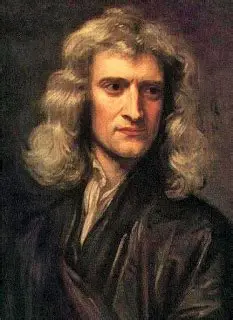
Hylozoic world and life view was taught in the esoteric knowledge order, which Pythagoras founded in Sicily for those who were ready and worthy to receive such a comprehensive teaching.
The order had several degrees. Porphyry has stated that Pythagoras’ teaching took at least two forms, and of his followers some were called mathematici and some acusmatici. The mathematici were those who had mastered the deepest and most fully worked-out parts of his wisdom, and the acusmatici those who had only heard summarized precepts from the writings, without full explanation.14 But it is highly likely that there were more than two degrees in the order. Iamblichus has explained that Pythagoras instituted various grades among his disciples according to their natural talents, so that the highest secrets of his wisdom were only imparted to those capable of receiving them.15 Iamblichus has also said that applicants for membership of the brotherhood were made by Pythagoras to keep a five-year silence as part of their novitiate.16
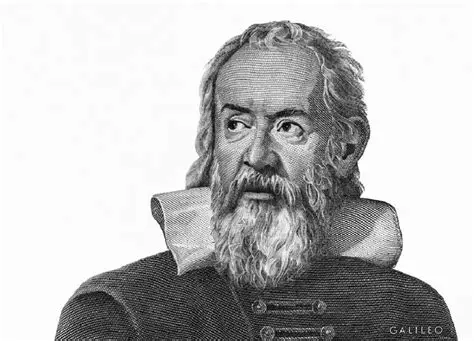
To the members of this order was imparted, under vow of secrecy as in the original mysteries, the knowledge of reality, which ignorance will always distort and which the thirst of power will always abuse. In the lowest degree the knowledge was imparted in the form of myth. In the higher degrees increasingly more interpretations of the symbols were given. Some of these myths, which were also distorted, have come to be known to posterity.

The higher initiates were given knowledge of the existence of higher material worlds than the physical. Writing symbolically the Pythagoreans recorded their master’s doctrine of, among other matters, the three equivalent aspects of existence. They taught that the meaning of life is the development of consciousness, that “consciousness sleeps in the stone, dreams in the plant, awakens in the animal, becomes self-consciousness in man, consciousness of unity in the fifth natural kingdom, and acquires omniscience embracing more and more in ever higher divine kingdoms”.17
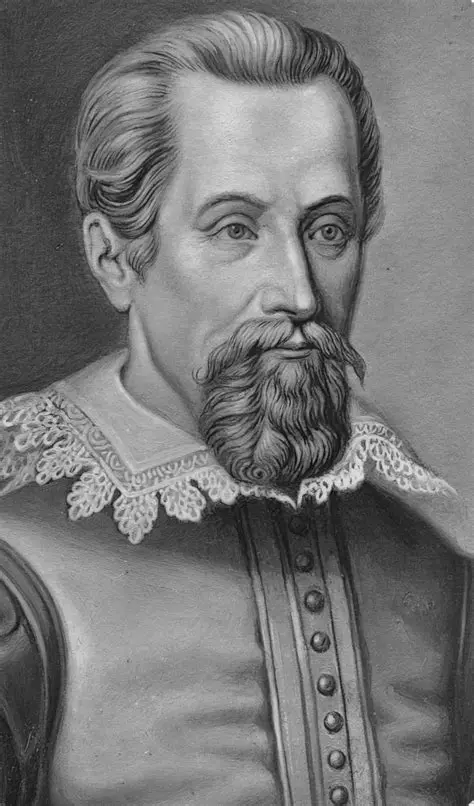
What else they taught is partly hinted at in the works of the subsequent esoteric (so-called Pre-Sokratic) philosophers.
In the Middle Ages, Nicolaus Copernicus, Galileo Galilei, and Giordano Bruno, among others, had access to copies of these Pythagorean manuscripts.18 Pythagoras’ philosophy had a major impact on scientists such as Isaac Newton19 and also Johannes Kepler, who considered himself to be a Pythagorean20.
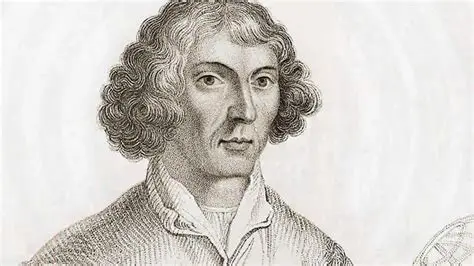
Pythagoras’ and the Pythagoreans participation in governance
Pythagoras’ esoteric school was not only a closed circuit of worthy disciples, but he and his disciples paid close attention to the surrounding world and took part in governing matters, wherever it was offered to them by the local people. Dicaearchus (c. 345 – 295 BC) has told that when this impressive and much travelled man arrived he so won over the elder and ruling citizens with his eloquence that they invited him to address also the younger men, school children and the women. Diogenes (c 410 – 323 BC) has made a statement that Pythagoras with his followers governed so well that it deserved the name of aristocracy (government of the best) in its literal sense.21
Presumably the Pythagoreans took part in governing of a number of South Italian cities at least in the first half of the 5th century22.
Falsehoods about Pythagoras
As was said in the beginning, many speculations have been spread on Pythagoras and the Pythagoreans during centuries. Not all false claims and speculations about this great teacher are going to be refuted, as it is not essentially needed for those serious seekers, who gain deeper interest in hylozoics and the Pythagorean way of life. Just four widespread falsehoods will be presently addressed:
a. Allegedly founded a religious sect and was mostly a religious leader
Walter Burkert (1972) and more recently e.g. Christoph Riedweg (2005), have been particularly laborious in elaborating on different speculations about Pythagoras. They have maintained that the pre-Platonic tradition contains no evidence of the scientific or philosophical work of Pythagoras and his closest followers and that Pythagoras thus appears as a religious teacher preaching a doctrine close to Orphism, on the transmigration of souls, and founding a secret sect in which his followers led a life ruled by stringent and absurd taboos.23
How ungrounded and erroneous this view is has already been demonstrated earlier in this paper. Still, it is important to add another aspect in Pythagoras’ work and teaching, which has contributed to the development of scientific and exact comprehension of reality. Pythagoras realized that the Greeks had the prerequisites for comprehending objective reality, for scientific method, and for systematic thinking. Cultivating the consciousness aspect, as the Orientals do, before the foundation for understanding material reality has been laid, results in subjectivism and in a life of unbridled imagination. It is to Pythagoras we owe most of our fundamental reality concepts, which today’s conceptual analysts (being ignorant of reality) are so busy trying to discard, thereby making a comprehension of reality definitively impossible. Pythagoras, with his doctrine of monads, and Demokritos, with his exoteric atomic theory, can be considered the first two scientists in the Western sense. They realized that the matter aspect is the necessary basis of a scientific approach. Without this basis there will be no accuracy in exploring the nature of things and their relationships. There are no controllable limits to individual consciousness, but it has a tendency to drown in the ocean of consciousness.24
b. Allegedly believed in “transmigration of souls” (metempsychosis)
Transmigration of souls has been attributed to Pythagoras by a number of historians and researchers without knowing about the essence of Pythagoras’ teaching. An essential part of hylozoics is not transmigration, but reincarnation, the “rebirth” of everything. Man is reborn as a man (never as an animal), until he has learned everything he can learn in the human kingdom, and has acquired all the qualities and abilities necessary to enable him to continue his consciousness expansion in the next kingdom, the fifth natural kingdom. Rebirth explains both the seeming injustices of life (since in new lives the individual has to reap what he has sown in previous lives) and the innate, latent understanding and the once self-acquired abilities existing as predispositions.25
c. Allegedly avoided “beans”
“Keeping away from beans” was a metaphorical suggestion used by the Pythagoreans to keep away from fraction politics and political scramble. Beans were used in some political procedures in ancient Greece, also in some places the voting system in Greece was with white and black beans. So it has nothing to do with avoiding eating beans.
d. Allegedly founded a school in South Italian city Crotone (Calabria)
It is highly likely that those few scarce historic sources, which are the basis of modern day speculation on Pythagoras and the Pythagoreans, have mixed up some terms regarding Pythagoras’ activity in Italy. Pythagoras named its esoteric school Krotona, which he founded outside the town of Taormina in Sicily26. Krotona has been misapprehended by posterity sources as Crotone (a city in South Italy, in the province of Calabria) and this has been guessed to be the place of activity for the Pythagorean esoteric school.
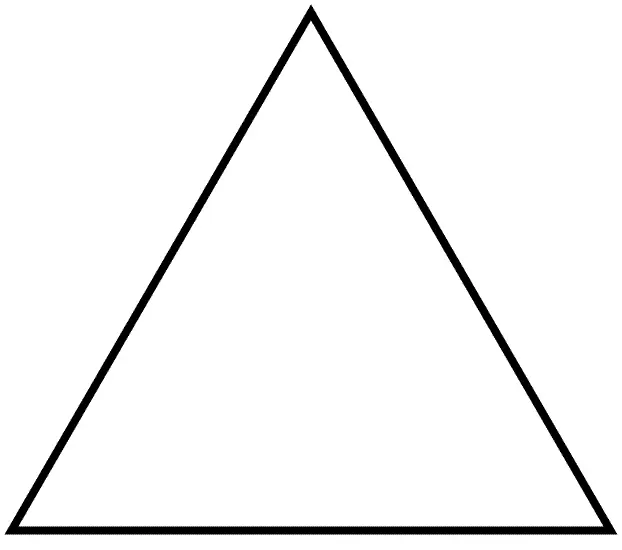
Bertrand Russel The History of Western Philosophy (1945), p 37 ↩︎
Ibid, p 161 ↩︎
Plato, The Republic, 600a-b ↩︎
Leonid Shmud Pythagoras and the Early Pythagoreans (2012), p.1 ↩︎
Henry T. Laurency The Knowledge of Reality, 5.4.1 ↩︎
Ibid, 1.35.12 ↩︎
W.K.C. Guthrie A History of Greek Philosophy: the earlier Presocratics and the Pythagoreans (1988), p 151 ↩︎
Henry T. Laurency The Knowledge of Reality, 1.4.1 ↩︎
Ibid, 1.6.4, 1.4.5 ↩︎
Henry T. Laurency The Knowledge of Reality, 1.30.1, 1.30.4 ↩︎
Ibid, 1.13.2-1.14.2 ↩︎
W.K.C. Guthrie A History of Greek Philosophy: the earlier Presocratics and the Pythagoreans (1988), p 186 ↩︎
Henry T. Laurency The Knowledge of Reality, 1.31.1 ↩︎
W.K.C. Guthrie A History of Greek Philosophy: the earlier Presocratics and the Pythagoreans (1988), p 192 ↩︎
Ibid, p 191 ↩︎
Ibid, p 151 ↩︎
Henry T. Laurency The Knowledge of Reality, 5.4.1-5.4.4 ↩︎
Ibid, 5.4.7 ↩︎
Kitty Ferguson The Music of Pythagoras: How an Ancient Brotherhood Cracked the Code of the Universe and Lit the Path from Antiquity to Outer Space (2008), p 279 ↩︎
Ibid, p 265 ↩︎
W.K.C. Guthrie A History of Greek Philosophy: the earlier Presocratics and the Pythagoreans (1988), p 175 ↩︎
Ibid, p 175 ↩︎
Leonid Shmud Pythagoras and the Early Pythagoreans (2012), p 14 ↩︎
Henry T. Laurency The Knowledge of Reality, 1.4.8 ↩︎
Ibid, 1.31.4 ↩︎
Ibid, 5.4.1 ↩︎
